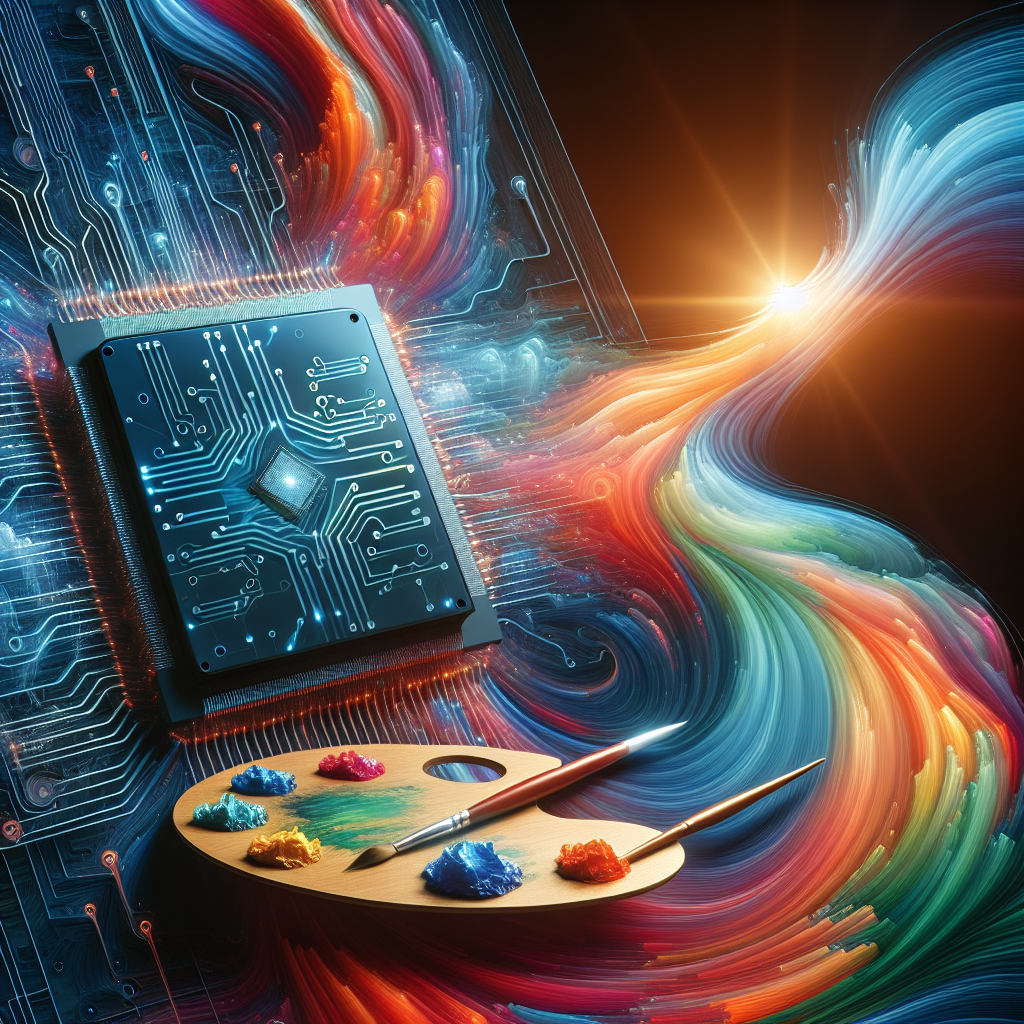In recent years, artificial intelligence (AI) has become an increasingly prevalent and powerful force in various industries, including the creative sector. Many people have expressed concerns about AI replacing human creativity, but the reality is quite the opposite. AI is actually enhancing creativity by providing new tools and capabilities that can help artists, designers, writers, and other creative professionals to push the boundaries of their work.
One of the main advantages of AI in the creative industry is its ability to analyze vast amounts of data and generate insights that can inform creative decisions. For example, AI algorithms can analyze consumer trends, market data, and social media interactions to help artists and designers understand what their audience wants and tailor their work to meet those demands. This can help creatives to create more relevant and engaging content that resonates with their target audience.
AI can also be used to streamline the creative process and make it more efficient. For example, AI-powered tools can automate repetitive tasks such as image editing, video editing, and layout design, allowing creatives to focus more on the conceptual and strategic aspects of their work. This can help artists and designers to work faster and more effectively, leading to higher productivity and better results.
Another way in which AI is enhancing creativity is through the generation of new ideas and concepts. AI algorithms can analyze existing works of art, literature, music, and other creative works to identify patterns and trends that can inspire new ideas. For example, AI can analyze a collection of paintings by a particular artist and generate new paintings in a similar style, or analyze a dataset of songs and generate new melodies and lyrics. This can help artists and designers to explore new creative possibilities and push the boundaries of their work.
AI can also be used to enhance collaboration and teamwork in the creative industry. For example, AI-powered tools can facilitate real-time collaboration between remote team members, allowing them to work together on a project from different locations. This can help creatives to share ideas, provide feedback, and collaborate more effectively, leading to better collaboration and more innovative work.
Overall, AI is not replacing human creativity but enhancing it by providing new tools and capabilities that can help creatives to work more effectively, generate new ideas, and collaborate more efficiently. As AI continues to evolve and improve, it is likely to play an increasingly important role in the creative industry, helping artists, designers, writers, and other creative professionals to push the boundaries of their work and create more innovative and engaging content.
FAQs:
Q: Will AI replace human creativity in the creative industry?
A: No, AI is not replacing human creativity but enhancing it by providing new tools and capabilities that can help creatives to work more effectively, generate new ideas, and collaborate more efficiently.
Q: How can AI help artists and designers in their creative work?
A: AI can help artists and designers by analyzing data, streamlining the creative process, generating new ideas, and enhancing collaboration and teamwork.
Q: Are there any risks associated with using AI in the creative industry?
A: While AI has many benefits for the creative industry, there are some risks to consider, such as potential bias in AI algorithms, data privacy concerns, and job displacement. It is important for creatives to be aware of these risks and to use AI responsibly.
Q: How can creatives stay ahead in the AI era?
A: Creatives can stay ahead in the AI era by embracing new technologies, learning how to use AI-powered tools effectively, and continuing to develop their creative skills and talents. By combining human creativity with AI capabilities, creatives can create more innovative and engaging work.

